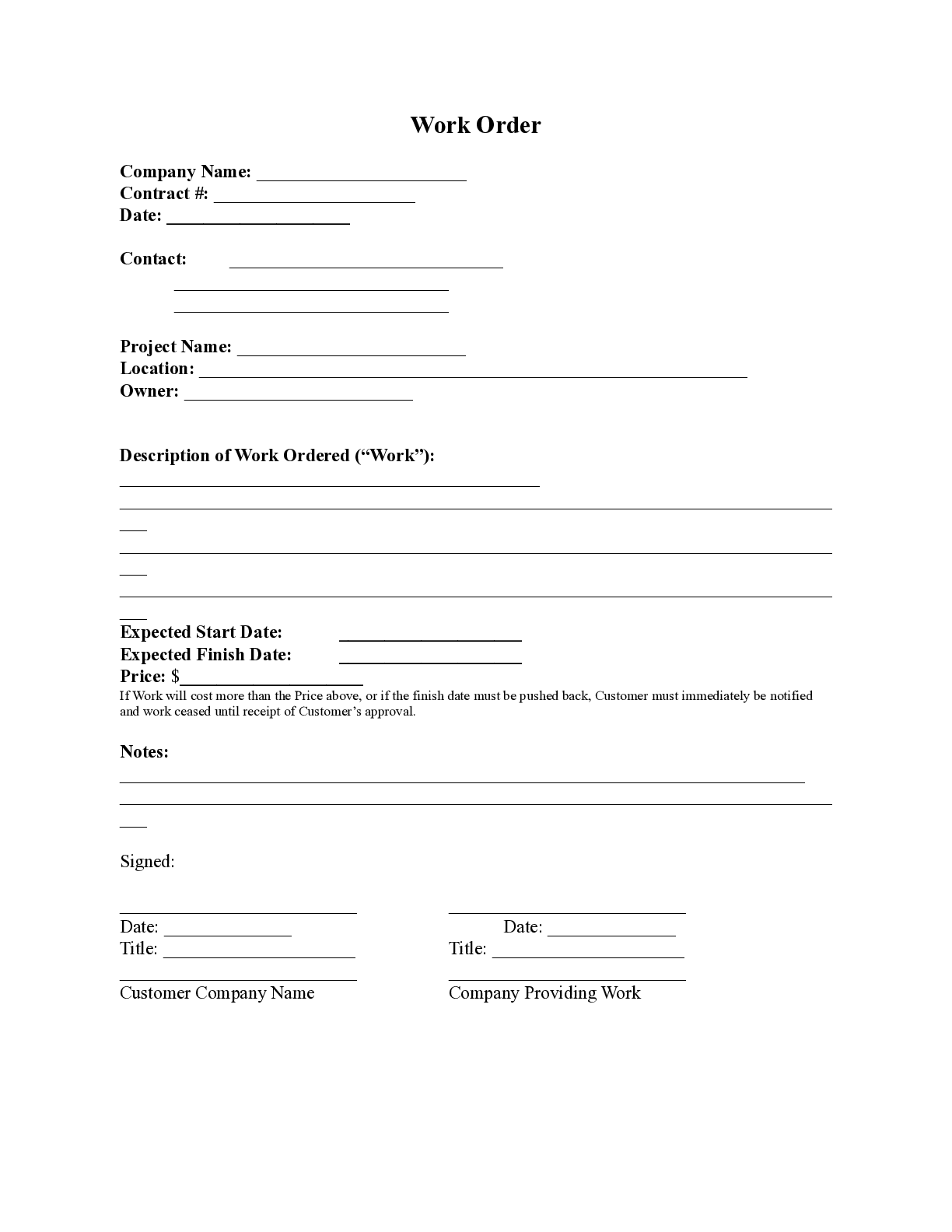
A work order is a document used by businesses to assign tasks to employees, contractors, or service providers. It typically includes details such as the job description, deadline, materials needed, and any specific instructions.
Work orders help streamline workflow, improve communication, and ensure that tasks are completed efficiently.
Why Use Work Orders?
There are several reasons why businesses should consider using work orders:
- Organization: Work orders help keep track of tasks and deadlines.
- Communication: Clearly outline job requirements and expectations.
- Efficiency: Streamline workflow and improve productivity.
- Accountability: Assign responsibilities and track task completion.
How to Create a Work Order
Creating a work order is simple and can be done using a word processing software or an online template. Follow these steps to create a professional work order:
- Header: Include your company name, logo, and contact information.
- Job Description: Clearly outline the task or project to be completed.
- Deadline: Specify the due date for the task.
- Materials Needed: List any materials or resources required for the job.
- Instructions: Provide detailed instructions for completing the task.
Examples of Work Orders
Here are a few examples of work orders that businesses commonly use:
- Maintenance Work Order: Assigning tasks for repair and maintenance work.
- Service Work Order: Assigning tasks for service providers or contractors.
- Construction Work Order: Assigning tasks for construction projects.
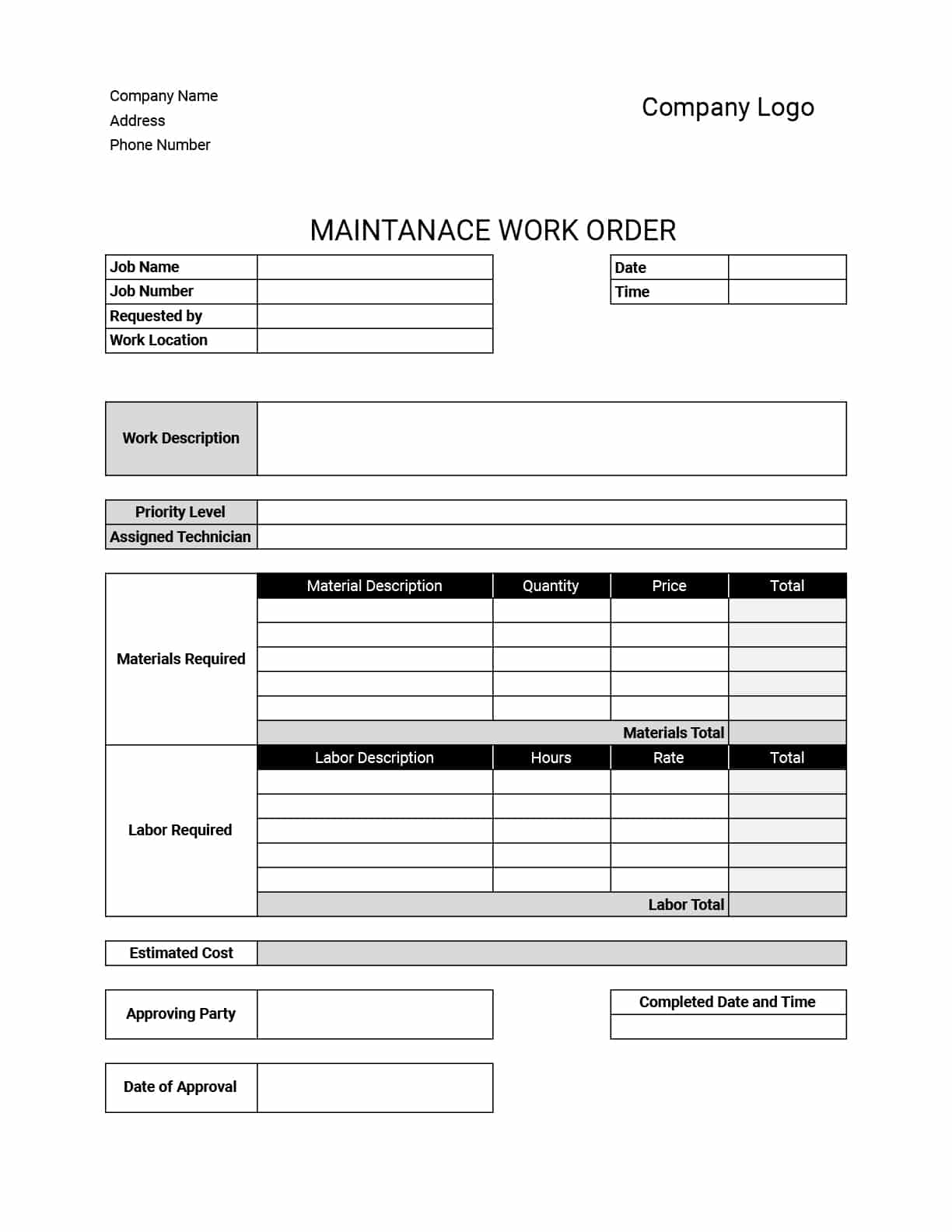
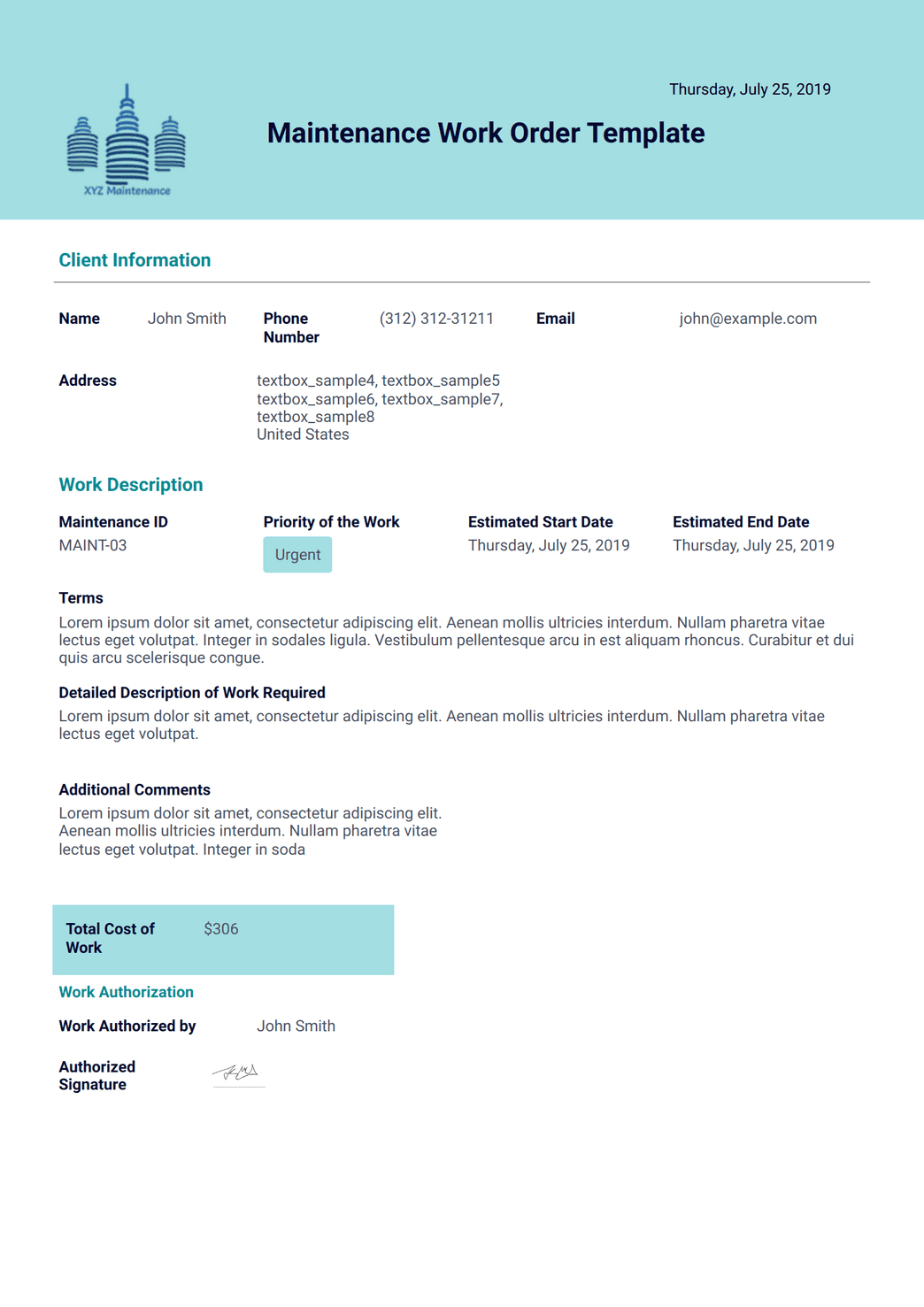
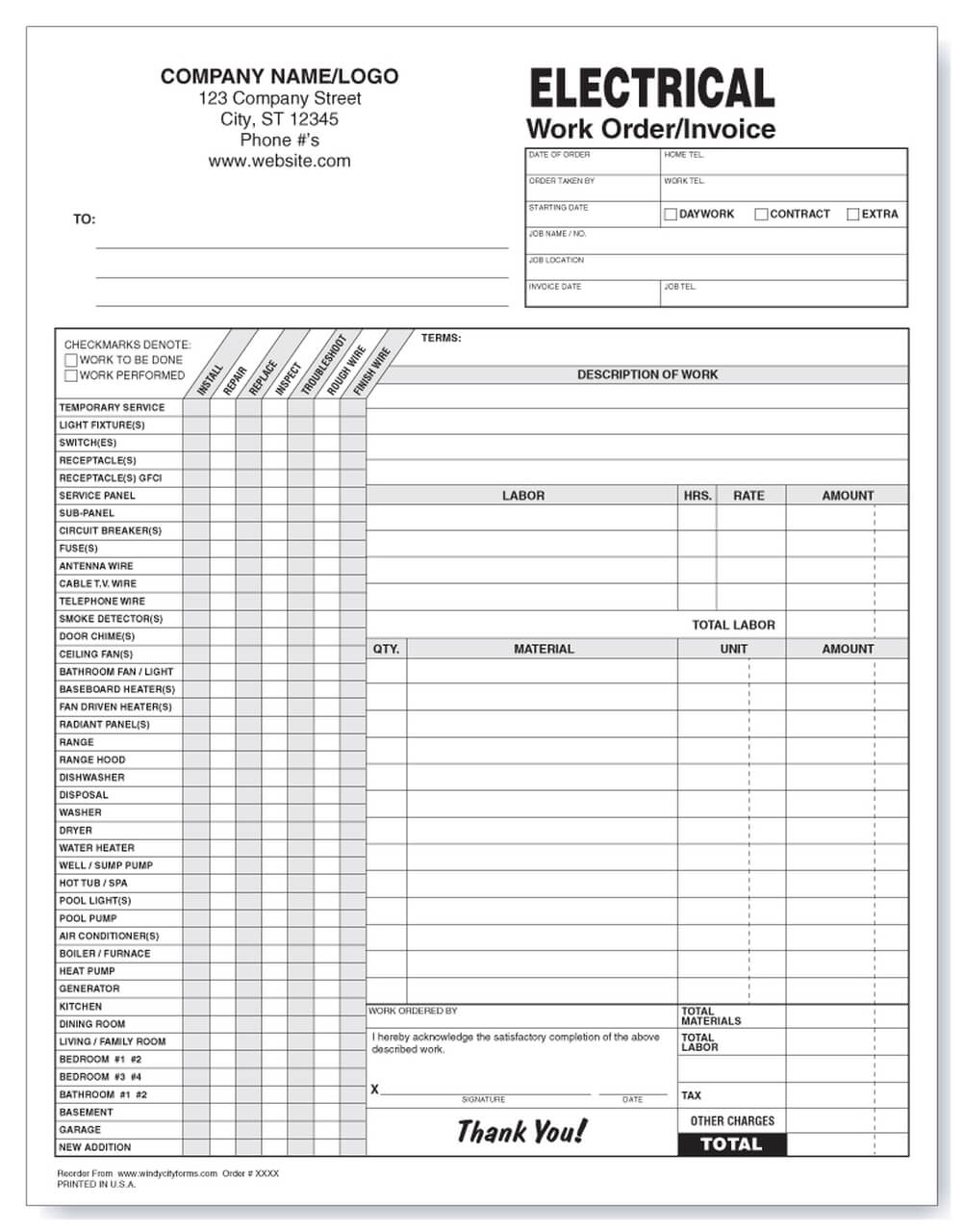
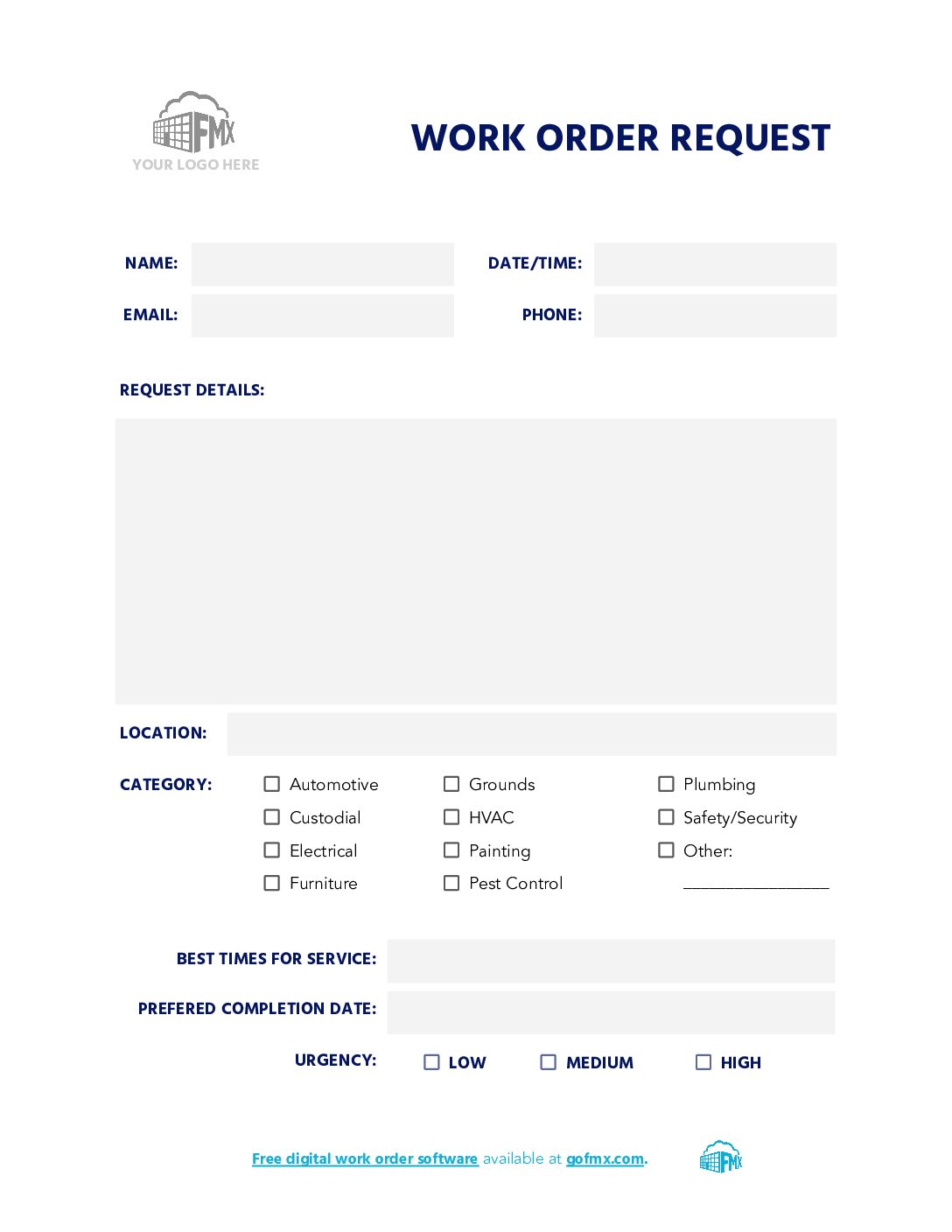
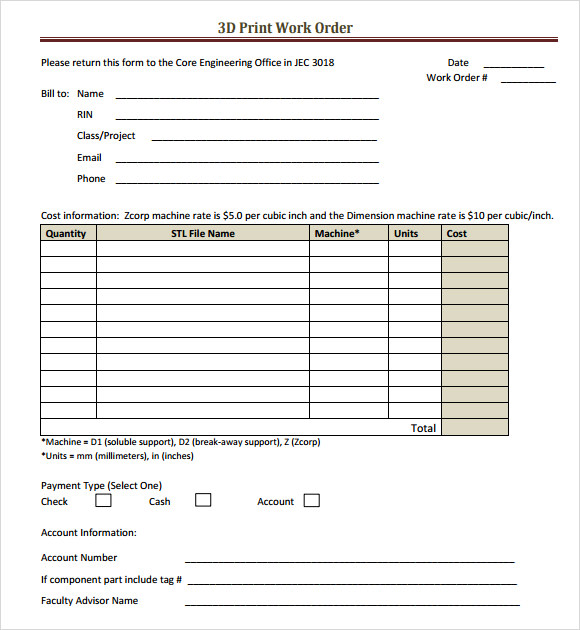
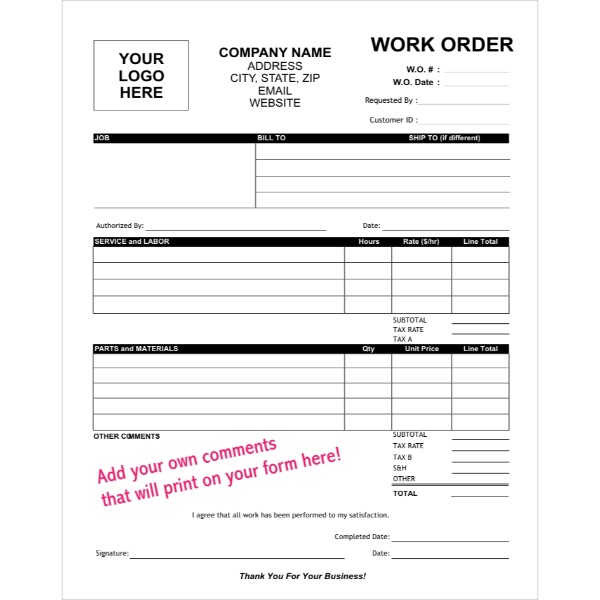
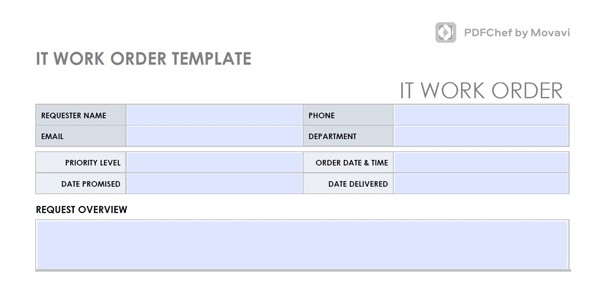
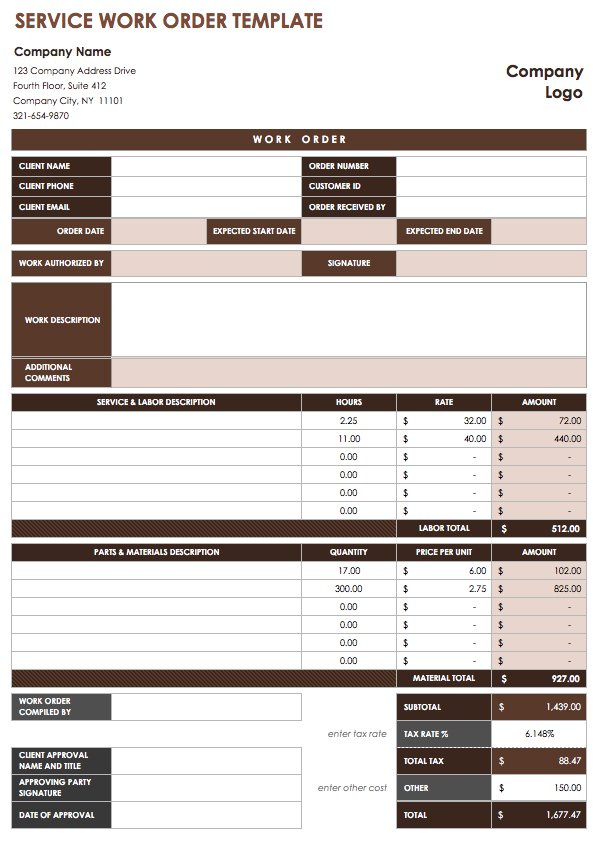
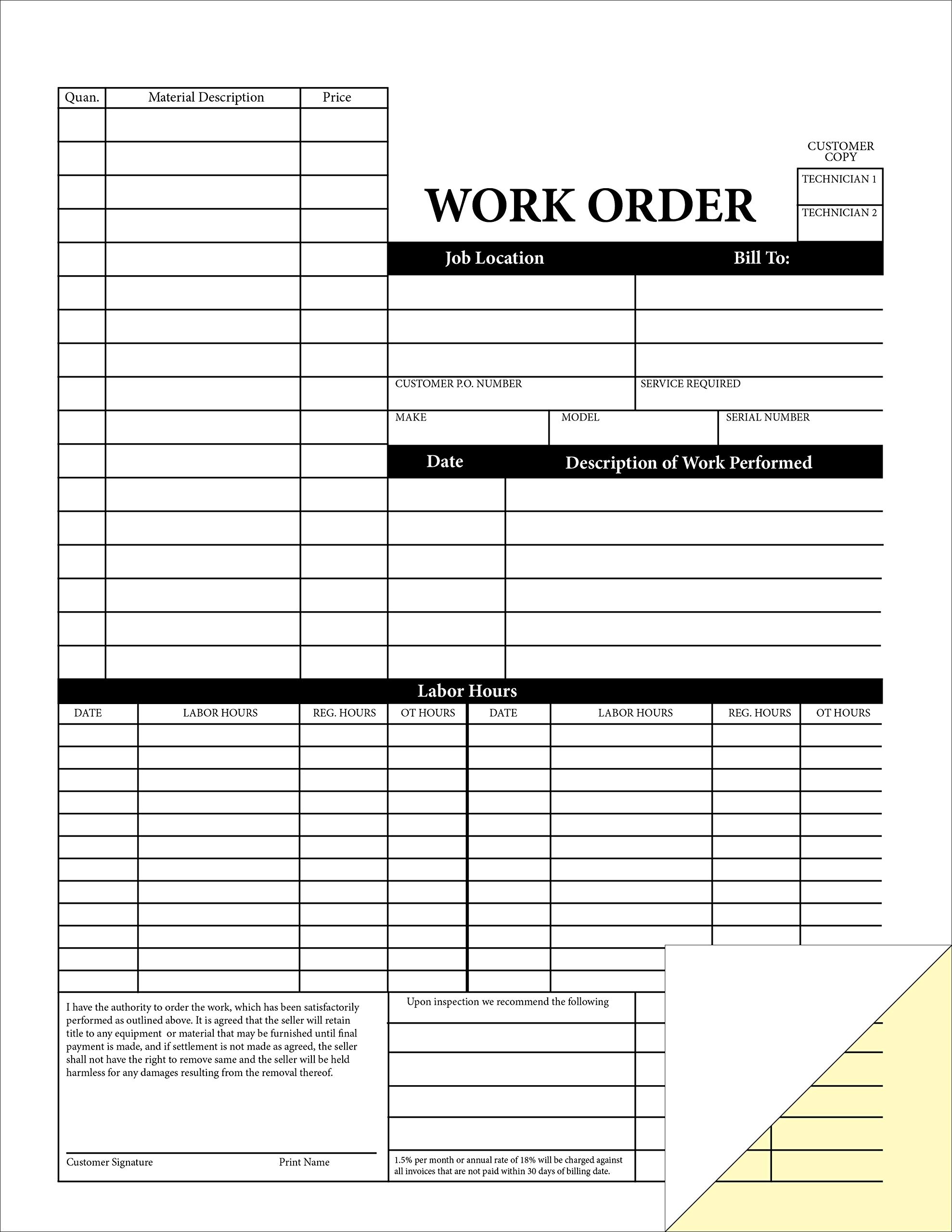
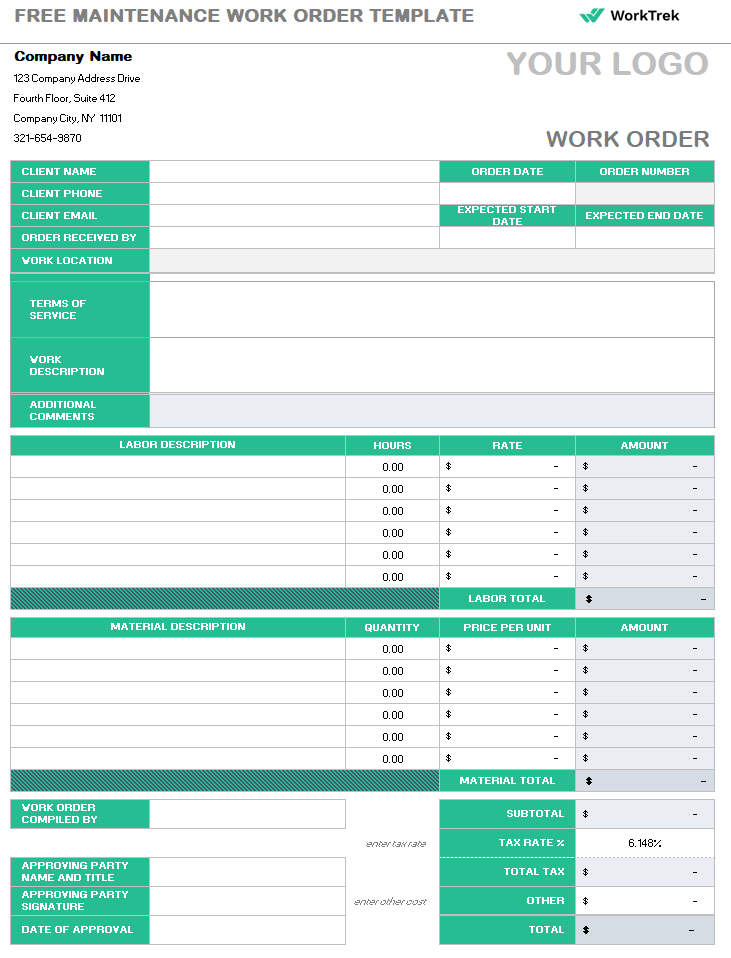
Tips for Successful Work Orders
Follow these tips to ensure your work orders are effective:
- Be Clear and Concise: Provide detailed instructions and expectations.
- Use Templates: Save time by using pre-made templates for consistency.
- Include Contact Information: Make it easy for employees to reach out with questions.
- Review and Revise: Regularly update your work orders to reflect changes in tasks or processes.
Work Order Template – Download